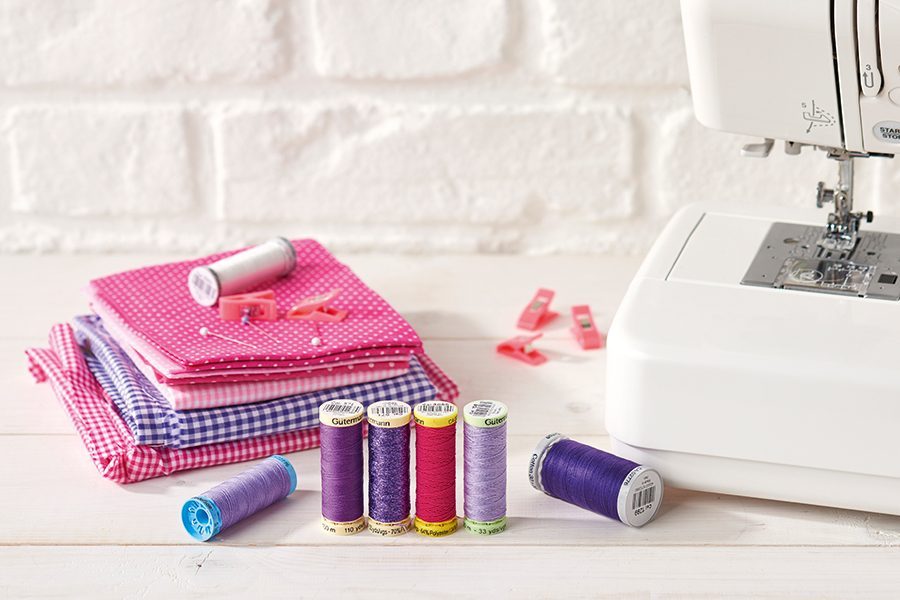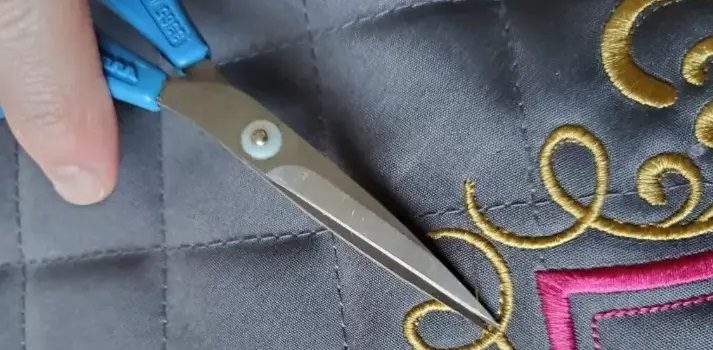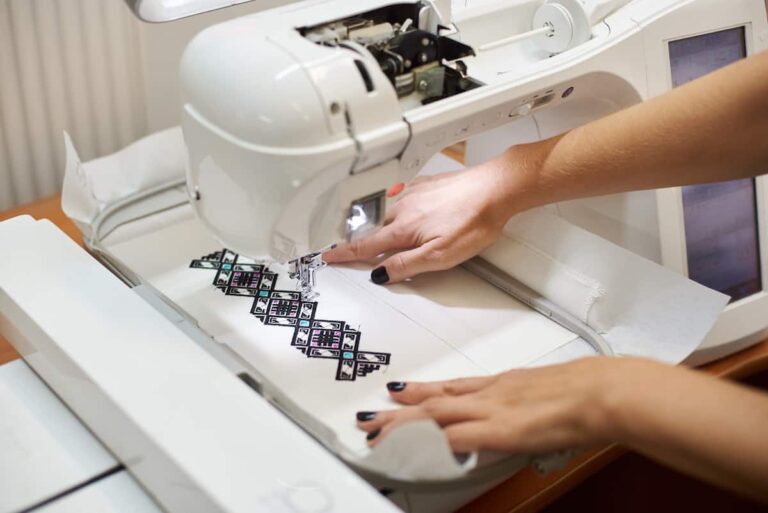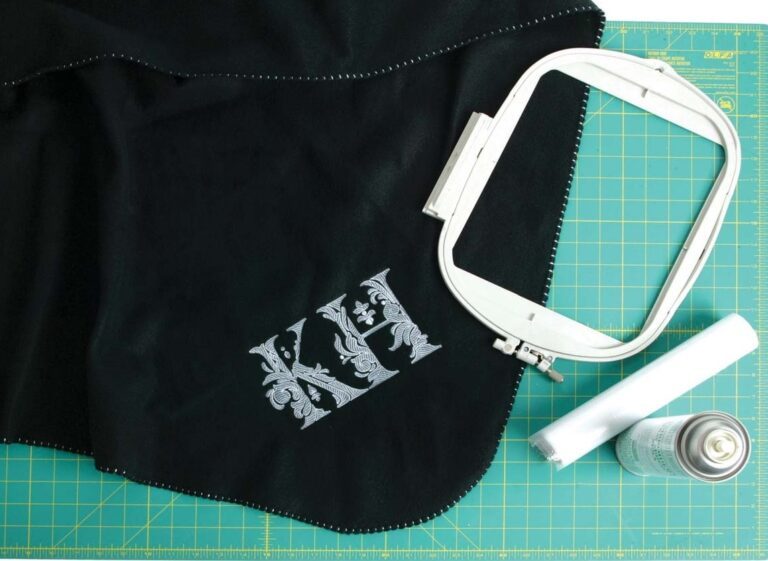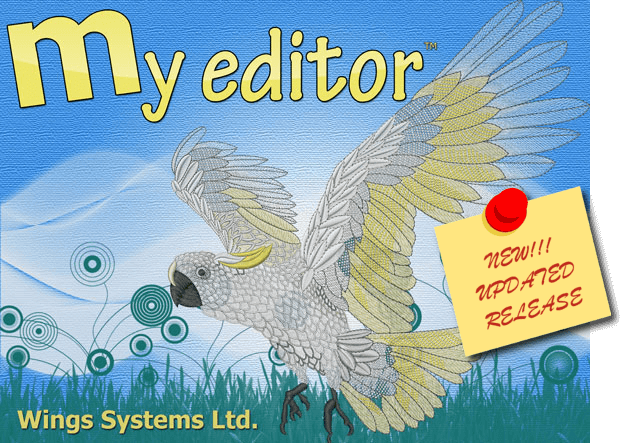What kind of sewing do you want to do?
Before starting a project, you should already know what type of stitching you want to achieve. It will not be the same if you want to repair lycra tights than if you want to decorate a denim jacket, for example. Therefore, we summarize below the types of stitching you can achieve with a Singer sewing machine:
Stretch Sewing: Used to sew stretchy and elastic fabrics, such as lycra or spandex, which are very fashionable at the moment.
Decorative Stitches: These are specific stitches used to decorate or embellish pieces of clothing. The most basic Singer sewing machines usually include more than one such stitch.
Functional sewing stitches: These are useful stitches for all types of work, such as blindstitching hems or zigzag stitches. Remember that for a beginner, the most used stitches are straight stitches and zigzag stitches.
The type of sewing you do can also be categorized by the specific stitches used. For this, we will follow the industry standard ASTM D6193-11 for sewing machines, as we see in the following table:
Stitch type
What is it used for ?
100 stitch or single chain
Does not require a bobbin and is done with one or more needles. An elastic point, it comes undone easily. The 101 is used to sew buttons, the 103 to sew hems among other things and the 104 to make embellishments.
Item 200
Made with a single thread and a single needle. Includes decorative stitches.
Item 300
Uses two threads interwoven with a needle and a bobbin. A solid point that does not break easily. 301 is the most commonly used stitch for double stitch, 304 is a zigzag stitch used for lingerie, sportswear, buttonholes and belt loops, among others.
Item 400
Can use one or more needles with one or more interwoven threads.
Requires a needle and an anchor. These are tough stitches and they look different on the good side and the bad side. There are stitches 401, 404 (zigzag), 406 and 407.
Item 500
Requires a needle with two anchors and is made up of one or more intertwined threads. Great for stretch but breaks easily. There is stitch 504 (overcast, the most common overlock stitch), 512, 514, 515 and 516.
Item 600
Requires two or more needles and one or more anchors. Made by three intertwined yarns and uses a large amount of yarn. The points are elastic and resistant.
There are stitches 602 (2-needle cover stitch) and 607 (4-needle cover stitch).
How will you use your machine?
Of course, it will be two very different cases if you are going to hem a simple garment or if you plan to devote yourself professionally to sewing. If you’re considering investing in a Singer sewing machine, first think about how often you’ll be using it. If you love the fashion world and love to sew, it is better to choose a more high-end machine with all its options.
If, on the other hand, you are someone who is starting to take their first steps in the world of sewing, a simpler Singer sewing machine will suffice. However, if your intention is to keep learning, it’s always better to spend a little more and get a quality machine that will last you a lifetime.
What are the sewing machine features you should keep in mind when buying?
In addition to other factors, when buying a Singer sewing machine it is important that you take into account a series of important technical characteristics, such as the type of stitch you will make and its number, if it includes a buttonhole or variable stitch width, among other features. We summarize the most important technical characteristics below:
Stitch Types:
The number of different stitch types is a crucial aspect when buying a Singer sewing machine. There are some that offer eight points and others with 180 points, as you can see in our ranking. Do not leave this aspect aside and look carefully at the number of point types you will need, which will depend on your experience and skill level.
Varying stitch length and width: It is useful to be able to vary the width and length of the stitch because it is not the same thing to sew a thick fabric than a lighter fabric, among other aspects. Examine this detail but if it is Singer, you are not likely to face any problems in this regard.
Needle Positions:
The more needle positions your Singer sewing machine gives you, the more creative possibilities you will have. This factor is important, as you already know if you have sewing experience.
Buttonhole:
The buttonhole, as its name suggests, is used to make eyelets for buttons. If you want to sew them in one step, you will need an advanced Singer sewing machine. It is worth it if you are considering a career in the fashion world. Most of today’s dressier clothes still have buttons.
